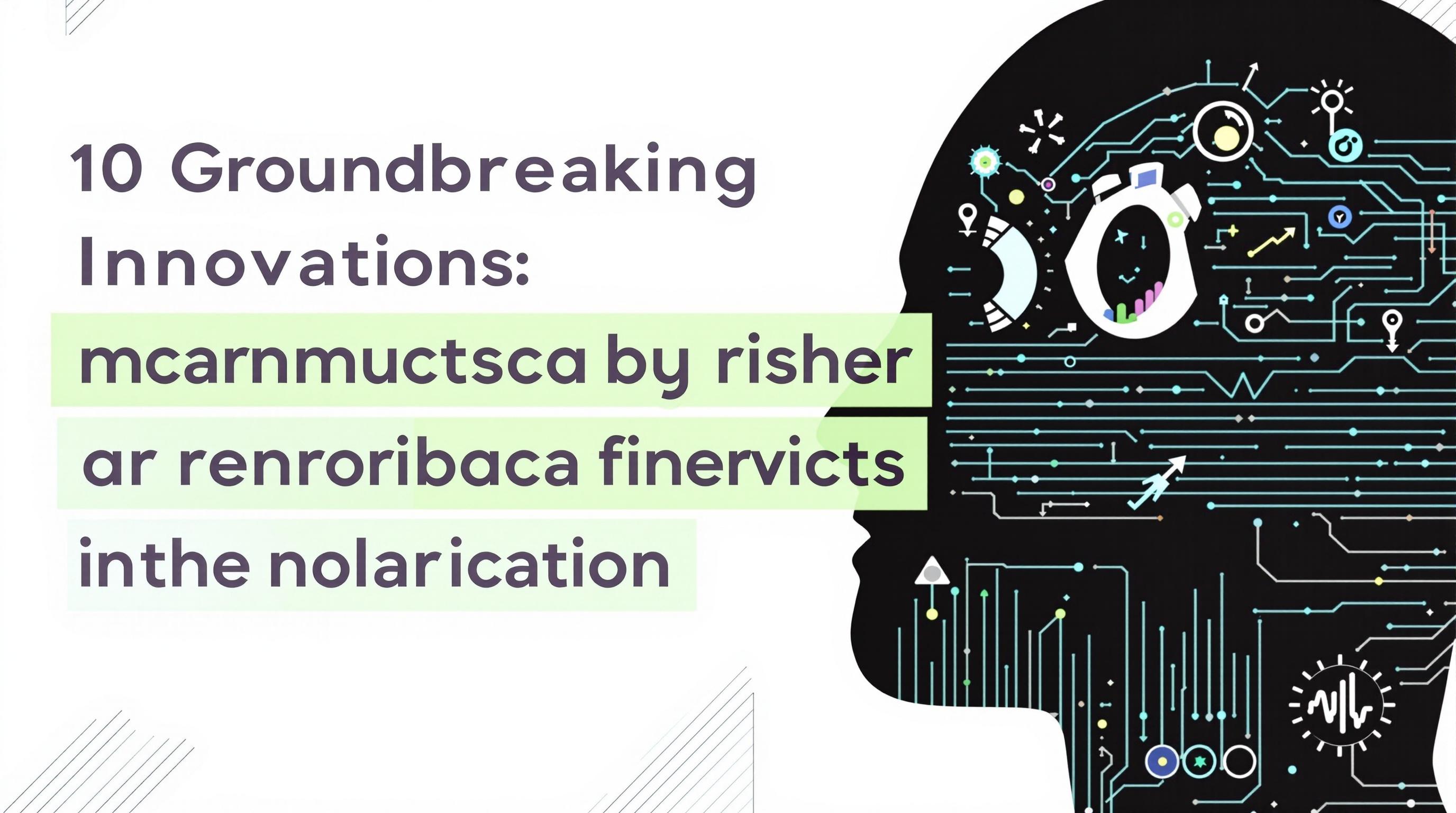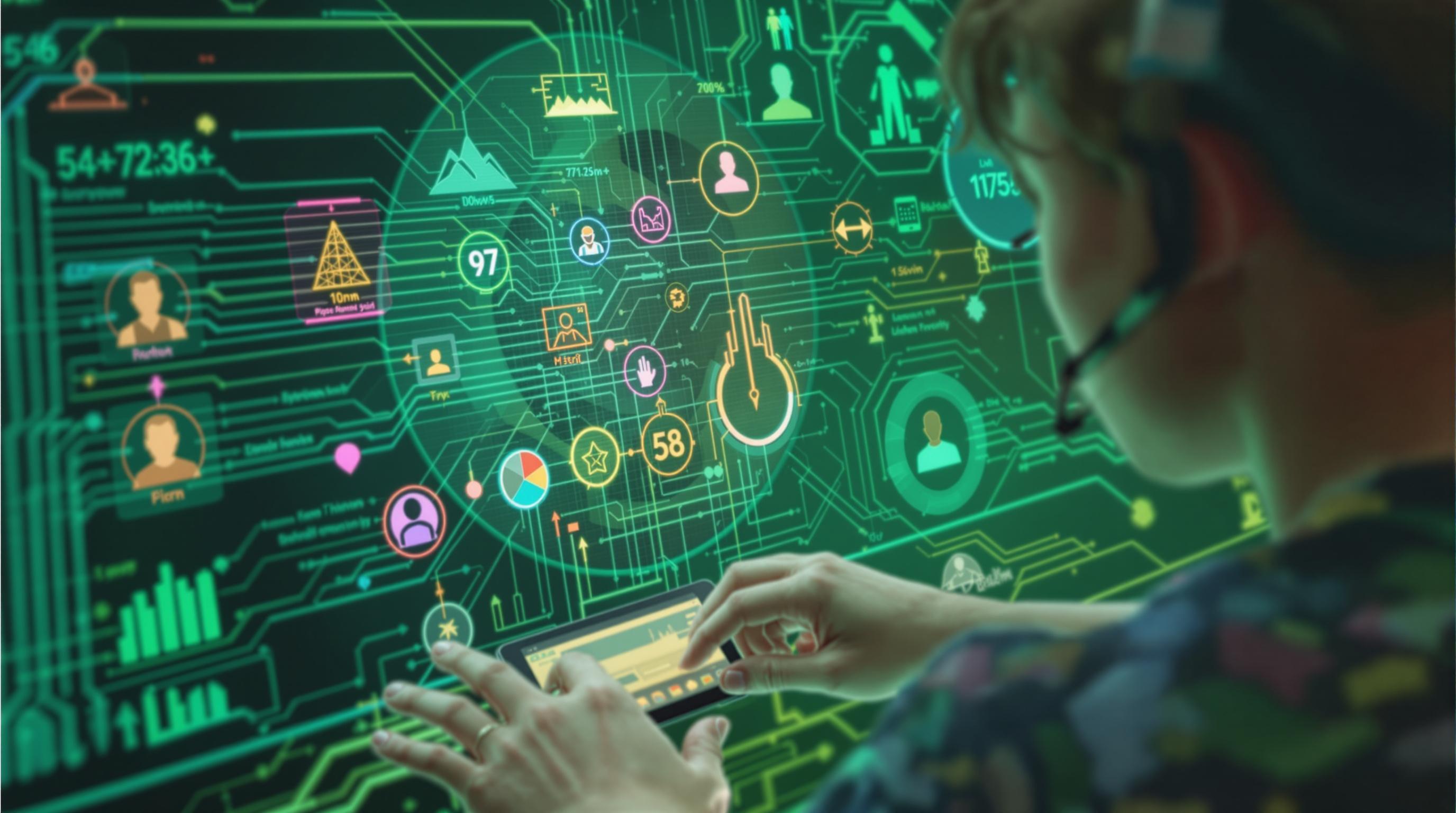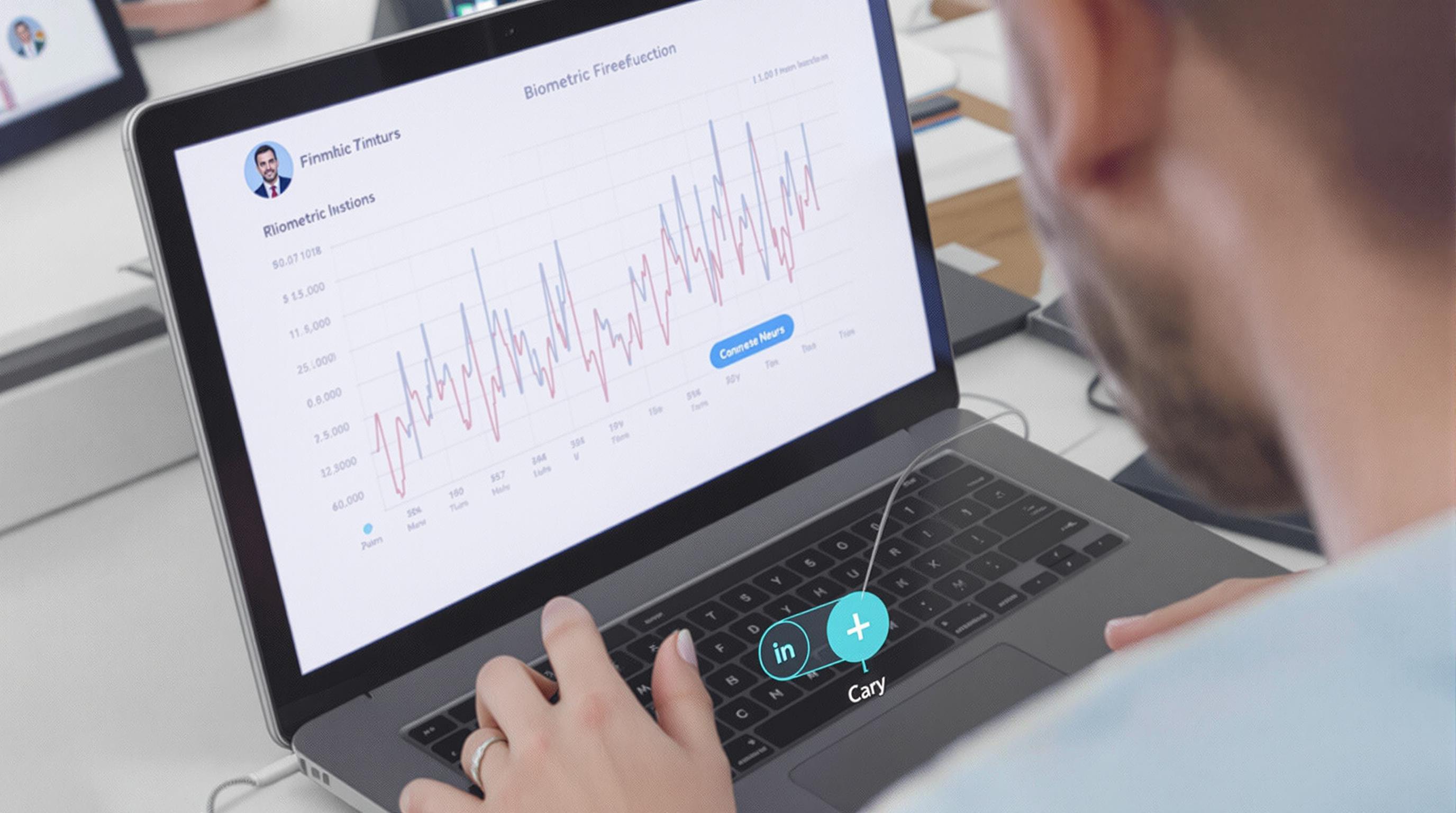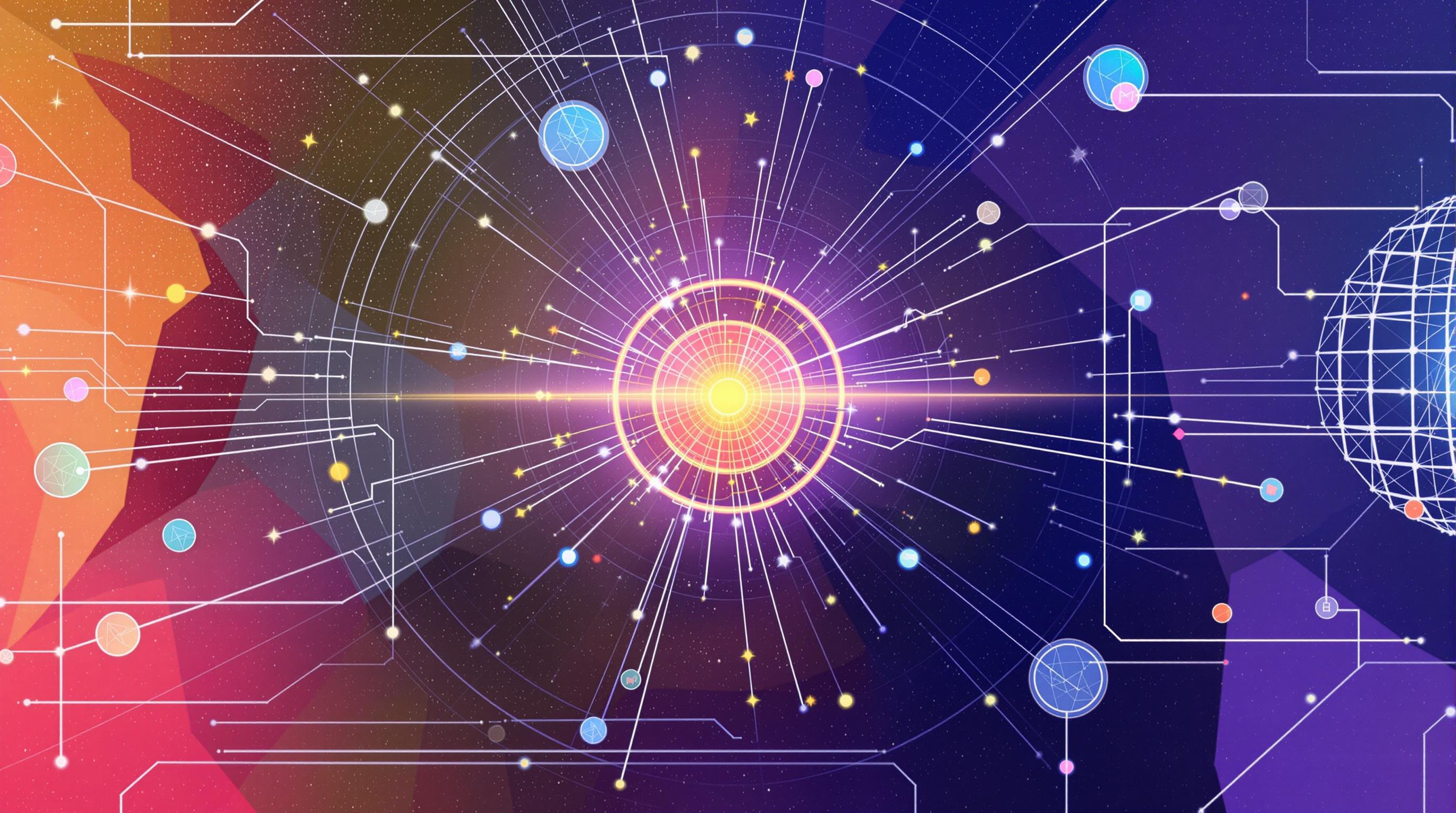Related Articles
- Uncharted Frequencies: The Surprising Role of Subcultures in Shaping Global Digital Landscapes
- Wired Whims: The Unexpected Role of Niche Online Communities in Shaping Global Digital Trends
- Fragmented Signals: Exploring the Shadows of Digital Divide in Emerging Economies and Its Impact on Global Unity
- Decoding the Invisible: How Microbial Communication Could Revolutionize Digital Interactions
- Cryptic Channels: How Encrypted Messaging Platforms Are Reshaping Trust and Transparency in Online Interactions
- Mysterious Modes: The Rise of Cryptographic Channels in Secret Online Dialogues and Their Hidden Impacts
10 Groundbreaking Innovations: How Neurofeedback Tools Are Revolutionizing Engagement in Digital Collaborative Spaces
10 Groundbreaking Innovations: How Neurofeedback Tools Are Revolutionizing Engagement in Digital Collaborative Spaces
10 Groundbreaking Innovations: How Neurofeedback Tools Are Revolutionizing Engagement in Digital Collaborative Spaces
Introduction to Neurofeedback
Neurofeedback is an innovative tool that utilizes real-time brain activity data to enhance cognitive functions. By providing individuals with feedback on their brain activity, it empowers users to modify their mental states consciously. This technique originally aimed at treating conditions such as ADHD and anxiety is now finding applications in digital collaborative workspaces.
As remote work becomes more prevalent, the importance of maintaining high levels of engagement in virtual settings grows. Neurofeedback tools can serve as a catalyst for enhancing focus, reducing mental fatigue, and improving overall communication among team members. By integrating these tools, organizations can foster a more productive and harmonious digital environment.
The implications of utilizing neurofeedback extend beyond merely improving individual performance; they also encompass team dynamics. As employees gain insights into their mental states, they can reach heightened levels of emotional intelligence, fostering better collaboration in digital spaces.
Enhanced Focus Through Real-Time Feedback
One of the most remarkable benefits of neurofeedback is its capacity to enhance concentration. Tools that monitor brain waves can inform users when they are losing focus, thus helping to reroute their attention back to critical tasks. In a collaborative environment, this can mean fewer distractions and more effective communication.
By implementing neurofeedback mechanisms, teams can engage in short, intense focus sessions followed by brain-wave readings, creating an iterative cycle of productivity. Research has shown that participants trained with neurofeedback exhibit improved attention spans and cognitive performance (Hammond, 2011).
This newfound focus can lead to better outcomes in collaborative projects. With enhanced concentration, team members can contribute more effectively, ensuring the group's collective energy aligns towards achieving common goals.
Reducing Mental Fatigue
Mental fatigue detracts from productivity and can create rifts in collaboration. Neurofeedback tools track brain wave patterns associated with fatigue, providing a clear signal for users to take breaks or adjust their workloads. By preemptively addressing fatigue, organizations can improve team morale and productivity.
Using neurofeedback to recognize when a team member is nearing cognitive overload enables managers to foster a healthier work culture. Group sessions that prioritize mental wellness and self-awareness can create an environment where individuals feel empowered to voice when they need a breather.
Effective use of neurofeedback encourages employees to develop personalized coping strategies that work for them, reducing burnout risks. This leads to sustained engagement and productivity while promoting overall mental health, which is crucial for thriving in today's fast-paced digital workspace.
Enhanced Emotional Intelligence
Neurofeedback tools offer insight into one’s emotional state, which is invaluable in collaborative settings. By cultivating emotional awareness, team members can engage in more empathic communication, enhancing interpersonal relationships. These innovations create an atmosphere of mutual respect and understanding in digital collaborative spaces.
The ability to recognize one’s emotional challenges allows individuals to navigate conflicts more effectively. With neurofeedback tools, employees can learn how to regulate their emotions consciously, leading to improved team dynamics and effective problem-solving.
As emotional intelligence becomes increasingly recognized as a critical driver of success in collaborative efforts, the integration of neurofeedback tools can transform how teams interact and respond to challenges. Ultimately, this promotes a resilient and adaptable team culture.
Boosting Creativity with Brainwave Regulation
Creativity is a cornerstone of collaboration, and neurofeedback can play a significant role in fostering this essential trait. By tweaking mental states conducive to creativity, these tools help users tap into innovative ideas and solutions. The regulation of brainwaves corresponding to creative thinking can streamline the collaborative brainstorming process.
Studies have shown that relaxed yet focused brain states can enhance creative output (Fahim, 2018). Neurofeedback can guide users toward these optimal mental states, turning traditional brainstorming sessions into more dynamic and productive experiences.
The collective creativity of a team can flourish when each member learns to access their full creative potential. Collaborative platforms that integrate neurofeedback tools may encourage unprecedented levels of innovation, allowing teams to develop groundbreaking products and solutions.
Enhancing Learning and Knowledge Sharing
In digital collaboration, knowledge sharing is pivotal. Neurofeedback tools can improve the learning experiences of team members by offering insights into their cognitive states during training sessions. Tailoring sessions based on real-time feedback can ensure optimal engagement and retention of knowledge.
By identifying the best times for employees to absorb information, organizations can craft more effective training sessions. A study by Hengameh et al. (2021) indicates that neurofeedback can enhance learning outcomes when tuned to the individual’s cognitive patterns.
As remote work environments evolve, fostering a culture of continuous learning is essential. Integrating neurofeedback into training programs can facilitate this growth by encouraging individuals to adopt a more active role in their learning journeys.
Creating Inclusive Digital Workspaces
Neurofeedback tools can greatly enhance inclusivity in digital collaborative spaces. By understanding diverse cognitive styles, organizations can create environments where all team members feel valued and engaged. The insights from neurofeedback can guide tailored approaches to accommodate distinct cognitive abilities.
For example, neurofeedback data can reveal individuals who thrive in collaborative environments versus those who prefer solitary endeavors. Recognizing these differences allows teams to construct workflows and collaborative tools that cater to diverse preferences and strengths.
Promoting inclusivity fosters creativity and innovation, leading to greater team cohesion. By embracing the varied cognitive landscapes of their workforce, organizations can ensure that everyone has a seat at the table, ultimately creating a more dynamic approach to problem-solving.
Optimizing Communication Patterns
Effective communication lies at the heart of collaboration. Neurofeedback tools can provide critical insights into how well team members relate to one another and can pinpoint areas for improvement. By analyzing emotional responses during interactions, teams can refine their communication styles for optimal effectiveness.
When employees receive real-time feedback on their communication patterns, they can adjust their approaches accordingly. This leads to clearer messaging and reduced misunderstandings, driving greater project success rates.
Furthermore, fostering a culture of open feedback creates a more robust and trustful environment in digital collaborative spaces. With neurofeedback, organizations can utilize this transparency to build stronger connections among team members, enhancing overall collaboration.
Challenges and Ethical Considerations
While the advantages of neurofeedback tools are extensive, challenges and ethical considerations accompany this innovation. Privacy concerns related to personal brain data can pose significant hurdles. Organizations must navigate these issues carefully to ensure responsible use of neurofeedback technologies.
Moreover, integrating these tools requires training and awareness for effective utilization. Teams need to be educated about the purpose and methodology of neurofeedback, ensuring it is applied as a support mechanism and not a means of surveillance or control.
Addressing these concerns helps create a more ethical and supportive environment where neurofeedback can genuinely enhance workplace wellbeing and collaboration.
Conclusion: The Future of Neurofeedback in Digital Collaboration
As organizations continue to prioritize digital collaboration, the integration of neurofeedback tools presents a unique opportunity for transformative change. By enhancing focus, reducing fatigue, and fostering emotional intelligence, neurofeedback is reshaping how teams interact and work together.
The future may see broader adoption of these technologies, driving organizations toward a culture of continuous improvement, creativity, and inclusivity. With careful implementation and ethical considerations in mind, neurofeedback can become instrumental in redefining workspace dynamics.
As we embrace this digital revolution, the potential for neurofeedback to enhance collaborative experiences is just beginning to unfold, promising exciting developments for the workplaces of tomorrow.




